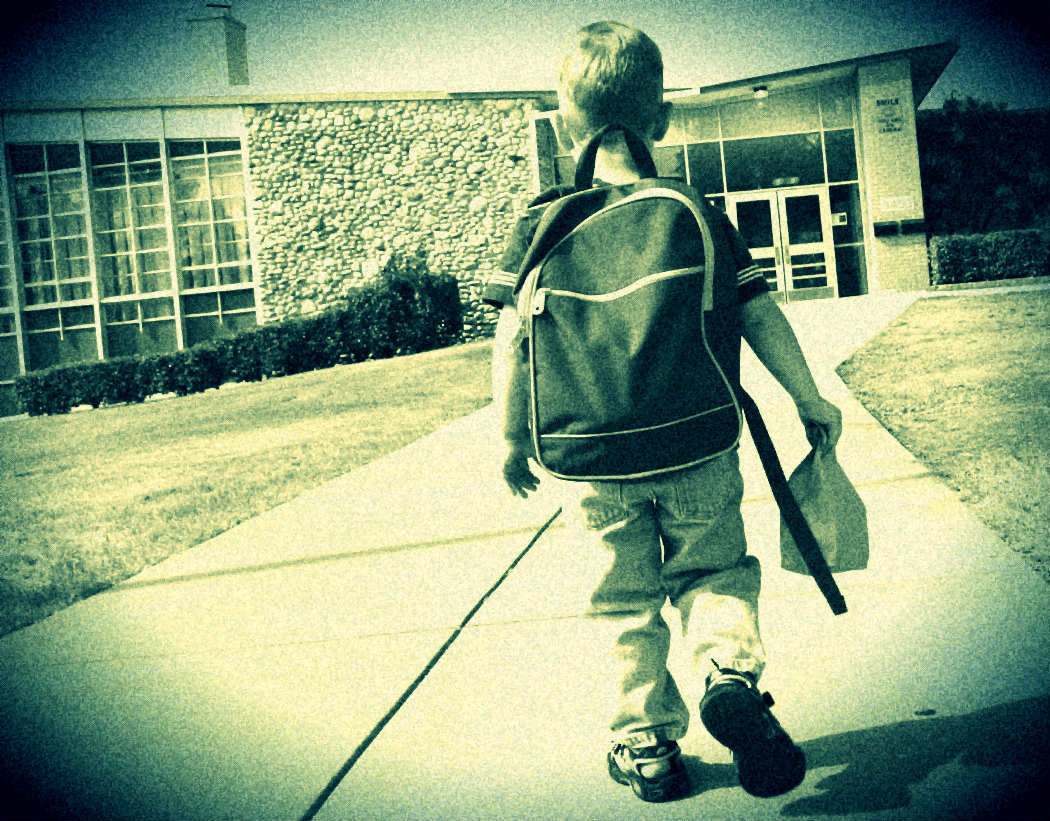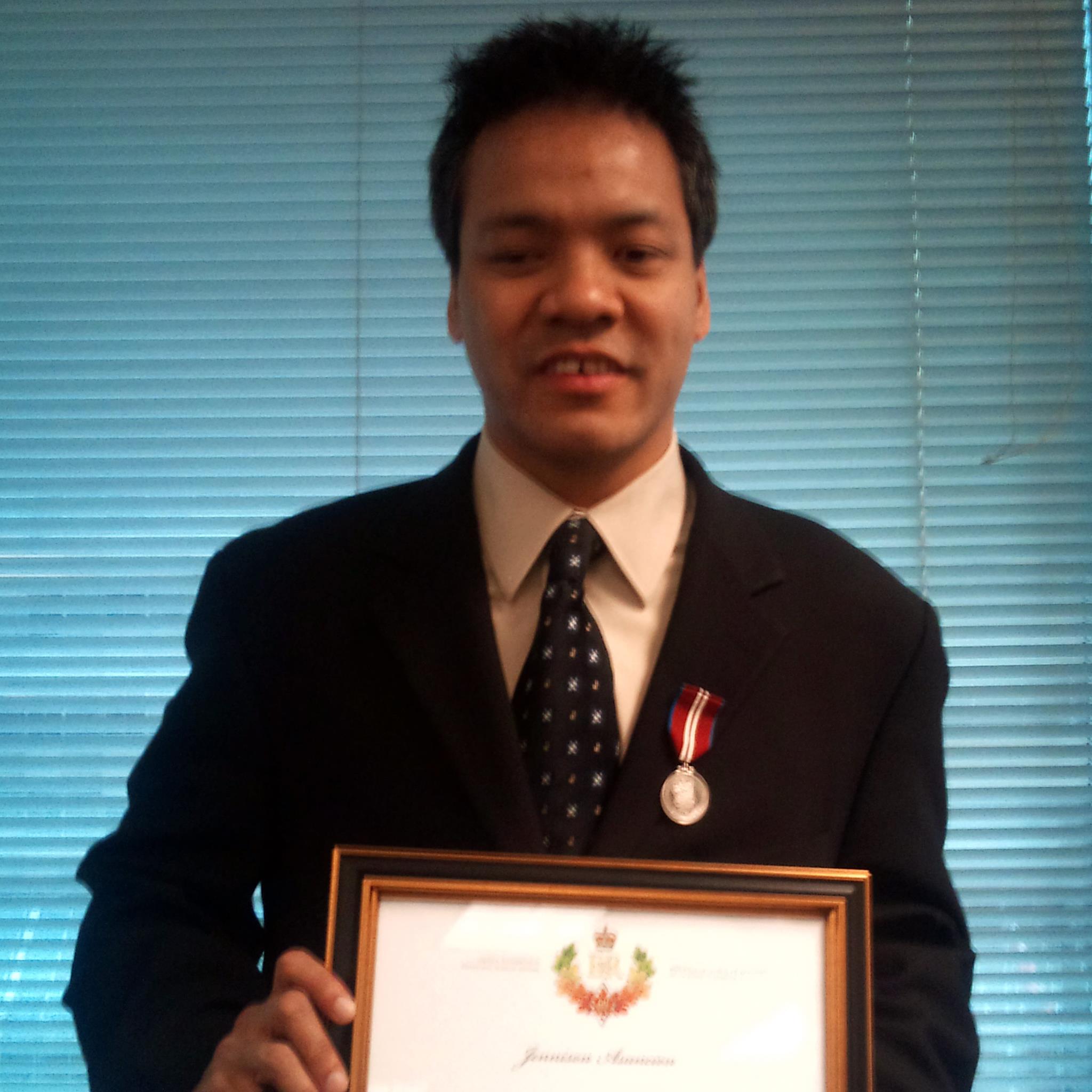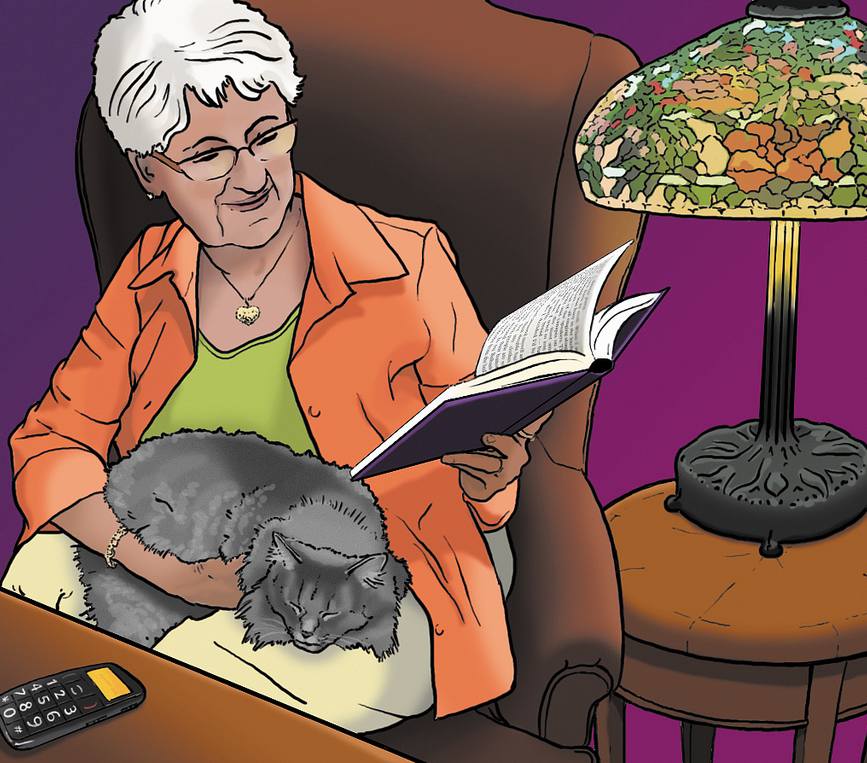Things I Wish I Knew When I Started in Digital Accessibility
With Billy Gregory,
@TheBillyGregory

This presentation uses an out-of-the box HTML slideshow script which by itself is unaccessible. Keybindings exist to traverse forward and backward with arrow keys, but focus never shifts as the slides advance. The slides themselves are well structured, so you can use a read all command to listen to everything linearly. My good buddy Karl Groves also added a live region which should work well for screen readers that support live regions. As you traverse through the slides using arrow keys, the slide's content will be added to the live region. If all else fails, you can also access the slideshow content by turning off CSS and JavaScript.
With Billy Gregory, @TheBillyGregory
With Billy Gregory,
@TheBillyGregory


this series of photos shows my progression through my 2013 CSUN talk



Welcome, Newbie. Everyone was new once.
Your friendly, neighborhood accessibility guy...
I knew early on that this was going to be an uphill battle, but those are the types of battles I relish taking on.


The problem isn't selling accessibility to a designer or developer, the issue is selling the value of accessibility to the client who is paying the bill and who ultimately needs to make accessibility a stated requirement.

The biggest lesson I've learned is that I should never treat one enterprise like another. Even though there may be some similarities, each organization stands on its own because of people and culture. While applying lesson from working with one helps, it's never enough. Each stands on its own.

One thing I learned after working in the field that I wish I knew from day one: How to understand different Project Managers.

Accessibility is a continuum. It is based on the user experience. It cannot simply be defined as pass/fail or accessible/inaccessible.

The direct link between Usability/User Experience and Accessibility. When I transitioned to usability, a light bulb came on and helped me see the direct connection to understanding how users interact with high tech interfaces BEFORE creating solutions. A second light bulb came on about 6 years ago: Creating User Stories and Personas as a means for better communicating user needs to software developers.




The images on this slide are from A Web For Everyone, by Sarah Horton and Whitney Quesenbery used with permission.
Always look for the source of the issue instead of spending a lot of time trying to fix stuff downstream.

A canoe is shown paddling through a garbage so thick you can not see the water.
If the developer is the first person to mention accessibility, you've messed up.
Often times, there is no perfect development solution for accessibility; requires balancing options and compromising.

Looking back on what I know now, it took too long to be aware of interaction flow and focus management.
There's a load of focus on the big 3 things: alt attributes, tables, and form fields, but bad interaction flow & focus management is a usability problem for a much greater number of people overall.




I wish I knew that the HTML5 validator can check your WAI-ARIA code for incorrect attributes & structure.

Browser accessibility implementation support for HTML features is as important as assistive tech implementation support.

If there was one thing I wish I’d known about accessibility from the outset… It would be that there is a symbiosis between browsers and ATs.
Understanding the relationship between the DOM, the browser accessibility API and the AT is critical to understanding the UX for AT users. It’s a complex relationship, but it’s at the heart of so much of what goes wrong on the interwebs for people with disabilities.

The background image is a motion gif of the three stooges fighting to represent a breakdown between the DOM, the API, and Assitive tech.
Get into using screen readers today. Seriously. I know it looks daunting, but it’s really not as bad as it seems. Experiencing first hand how screen readers behave will expand your skills and understand of accessibility exponentially. But don’t limit yourself to screen readers. Try other tools too.

There are a number of free tools available for testing. Whether they are testing tools to find errors, or assistive technology that will help you understand how your code is interpreted, there is no excuse not to use them.
I wish I had taken time to learn and use assistive technology. There are great tools available that make interaction easier for everyone. When I see people using Siri for dictation and I'm still pecking away at the keyboard with one finger. Or when I had shoulder surgery and instead of using dictation I tried typing everything with one hand—and all my correspondence was in lowercase. AT should be integrated and mainstream, so everyone uses it.

We've now discussed the client, the vendor, the project managers, the designers, and the developer. One common feeling was present with all these groups when they were dealing with Accessibility for the first time.
A background image is shown here of a wheel of fortune style puzzle. The hint is "common feeling" and the partially solved puzzle shows "F--- Accessibility".
The solved puzzle is "Fear Accessibility".
We have built a culture of fear surrounding accessibility. We need to focus on the positives and not the negatives.
Stop attacking what people have done wrong. Lead with what they've done right and encourage them.
In which the need for accessibility is compounded by fear as it makes it's way down.
The client hears word from a user that their product is inaccessible
Now has to deal with a panicking client.
Now have to deal with their bosses.
Gets this dumped on him.
Twitter.

Welcome! ... You're gonna have a good time!
The accessibility community is by design an inclusive group & receptive to all questions/inquiries. Its intention is to level the playing field ensuring that everyone has equal access to the same information.
It's the best resource you didn't know you already had.

a swiss army knife with a riduclous amount of options is shown to demonstrate how useful a tool the a11y community can be.
How many people were already involved who I could learn from.
It probably sounds a bit silly now, but we didn’t have Facebook or Twitter when I first got involved. Back in the old days (heh, heh), we relied on email lists and conferences…and no one from accessibility was going to the conferences that I was attending.

Some tin cans joined by strings are shown to demonstrate how difficult it would have been to share information before twitter and other social networks.
That starting a monthly accessibility meet-up (Accessibility DC) and a yearly event (Accessibility Camp DC) was the easy part, while the hard part is keeping it going after five years.

We work tirelessly, the end goal is to put ourselves out of work. Events like camps or CSUN can be a great refresh or reboot to help us remember how important our work can be.
I'd love to participate, however I can't think of any one thing to contribute. I mean, I already knew everything when I got into a11y.

Liam Neeson shown from the movie "Taken". Context is that he is talking on our behalf to those who ignore accessibility.
Skills we have acquired over very long careers.
Skills that make us a nightmare for people like you.